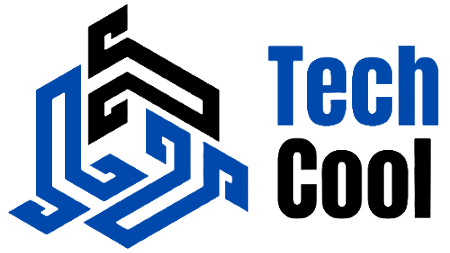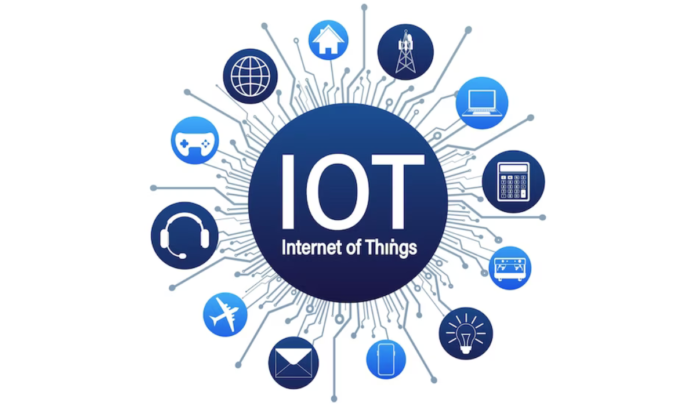In today’s rapidly evolving technological landscape, the Internet of Things (IoT) continues to revolutionize the way we interact with our surroundings. From smart homes to industrial automation, IoT innovations are reshaping various industries, enhancing efficiency, and improving quality of life. In this comprehensive guide, we delve into the latest advancements in IoT technology, exploring their applications, benefits, and potential impact on society.
1. Introduction to IoT Innovations
The Internet of Things refers to a network of interconnected devices embedded with sensors, software, and other technologies, enabling them to collect and exchange data. These devices can range from everyday objects such as household appliances and wearable gadgets to complex industrial machinery and infrastructure.
2. Edge Computing: Pushing Intelligence to the Edge
One of the latest trends in IoT is edge computing, where data processing is moved closer to the source of data generation. This approach reduces latency, enhances reliability, and enables real-time decision-making. Edge computing is particularly beneficial in scenarios where immediate responses are critical, such as autonomous vehicles and industrial automation.
3. 5G Connectivity: Powering IoT at Scale
The rollout of 5G networks is set to significantly accelerate the adoption of IoT devices by providing faster speeds, lower latency, and higher capacity. With 5G connectivity, IoT applications can leverage high-bandwidth connections to transmit large volumes of data seamlessly, unlocking new possibilities in areas like smart cities, healthcare, and agriculture.
4. Artificial Intelligence and Machine Learning Integration
The convergence of IoT with artificial intelligence (AI) and machine learning (ML) technologies is driving innovation across various domains. By analyzing vast amounts of data generated by IoT devices, AI algorithms can uncover valuable insights, optimize processes, and enable predictive maintenance. This synergy enhances the efficiency and effectiveness of IoT systems, leading to smarter decision-making and improved outcomes.
5. Blockchain for Enhanced Security and Transparency
Blockchain technology is increasingly being integrated into IoT solutions to address security and privacy concerns. By creating tamper-proof records of transactions and ensuring data integrity, blockchain enhances the trustworthiness of IoT ecosystems. Moreover, it enables transparent and auditable data exchanges, fostering greater accountability and reliability in applications like supply chain management and smart contracts.
6. Environmental Monitoring and Sustainability Solutions
IoT innovations are playing a pivotal role in addressing environmental challenges and promoting sustainability. Through sensor networks and data analytics, IoT devices monitor air and water quality, track energy consumption, and optimize resource usage. These solutions empower individuals, businesses, and governments to make informed decisions and implement eco-friendly practices, contributing to a greener and more sustainable future.
7. Enhanced Healthcare and Remote Patient Monitoring
In the healthcare sector, IoT technologies are revolutionizing patient care and management. Remote patient monitoring systems equipped with wearable sensors allow healthcare providers to track vital signs, detect anomalies, and provide timely interventions. This proactive approach improves patient outcomes, reduces hospital readmissions, and enhances the overall quality of healthcare delivery.
8. Smart Agriculture for Efficient Food Production
IoT-driven smart agriculture solutions are transforming traditional farming practices by introducing precision farming techniques and data-driven decision support systems. By monitoring soil moisture, crop health, and weather conditions in real time, farmers can optimize irrigation, fertilization, and pest control measures. These advancements increase crop yields, minimize resource wastage, and contribute to food security and sustainability.
9. Smart Cities: Building Sustainable Urban Environments
The concept of smart cities leverages IoT innovations to enhance urban infrastructure, public services, and quality of life for residents. From intelligent transportation systems and efficient waste management to smart energy grids and public safety initiatives, IoT-enabled solutions enable cities to operate more efficiently, reduce environmental impact, and improve overall livability.
10. Future Outlook and Challenges Ahead
Looking ahead, the IoT landscape is poised for continued growth and innovation. However, several challenges must be addressed, including interoperability issues, data privacy concerns, and cybersecurity risks. Collaborative efforts among industry stakeholders, policymakers, and researchers are essential to overcome these hurdles and realize the full potential of IoT technologies.
FAQs (Frequently Asked Questions)
Q: What is the Internet of Things (IoT), and how does it work?
A: The Internet of Things refers to a network of interconnected devices that communicate and exchange data with each other. These devices are embedded with sensors, actuators, and other technologies that enable them to collect, process, and transmit data over the internet.
Q: What are some examples of IoT applications?
A: IoT technology finds applications in various sectors, including smart homes, healthcare, agriculture, transportation, and manufacturing. Examples include smart thermostats, wearable fitness trackers, connected vehicles, precision agriculture systems, and industrial automation solutions.
Q: How does edge computing enhance IoT systems?
A: Edge computing brings data processing closer to the source of data generation, reducing latency and enabling real-time decision-making. This approach is particularly beneficial in scenarios where immediate responses are required, such as autonomous vehicles, industrial automation, and remote monitoring systems.
Conclusion
The Internet of Things continues to drive innovation and transformation across industries, offering limitless opportunities to improve efficiency, enhance sustainability, and enrich our lives. With advancements in edge computing, 5G connectivity, artificial intelligence, and blockchain, IoT technologies are poised to revolutionize how we interact with the world around us. By addressing challenges and fostering collaboration, we can unlock the full potential of IoT innovations and create a smarter, more connected future for generations to come.


